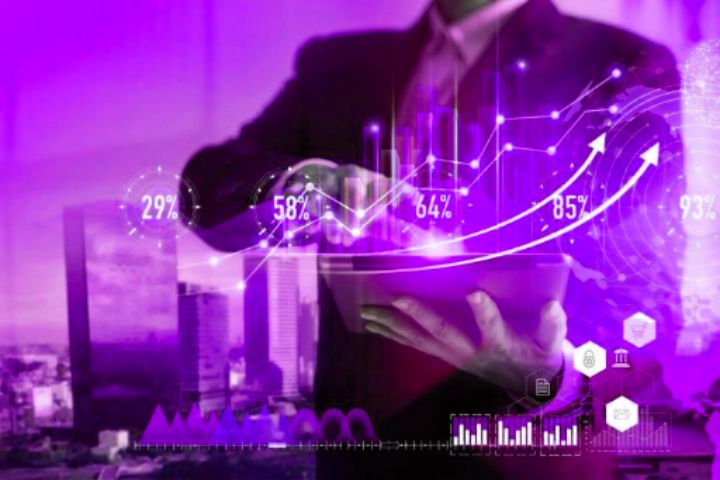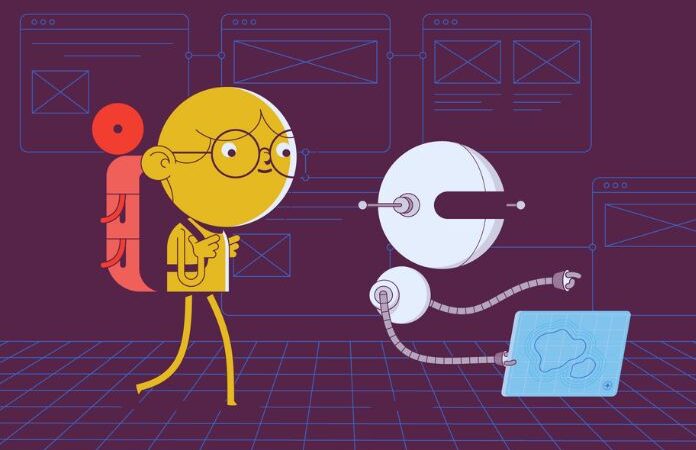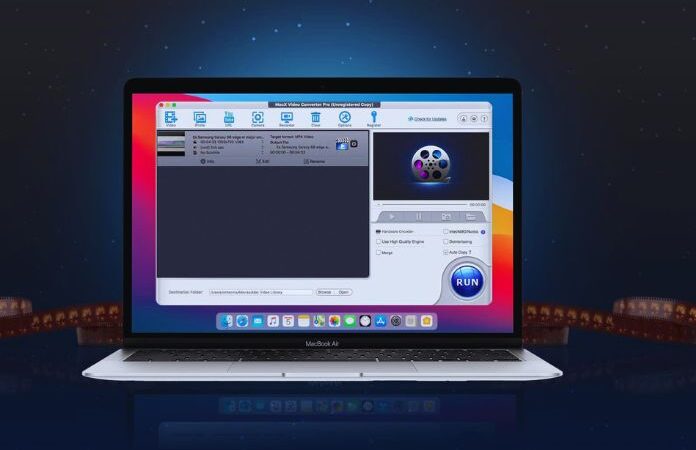Understand What Data Analysis Is

Data Analysis : Even before the Internet and the various digital tools currently available, data always existed and was recorded and treated with different strategies. The concept and work of Data Analysis is not something new, but more and more, we have more knowledge, methods, and platforms to transform data into valuable information.
Transforming data into useful information is the main objective of this work. To a lesser extent, this applies to each person’s daily life, but the greatest impacts and best results of this analysis are in the routine and other demands of companies, whether public or private. And, of course, it is the most recurrent work of specialized researchers and institutes.
We prepared this article to present what Data Analysis is and what are its main characteristics. Follow the topics below!
Table of Contents
What Is Data Analysis?
In summary and reinforcing the idea we have already mentioned here, Data Analysis is a job that aims to transform different data into verified and useful information, generally aligned with different objectives.
There is a Data Analysis process, also considering what we mentioned about technology and the availability of these elements with the Internet and other digital interactions. With Big Data, we currently have large volumes of data that must receive the correct treatment before analysis, transformation, or interpretation.
Two other interesting points to know here are the Data-Driven culture, in which the company and all its sectors are data-oriented, and the issue of privacy and the General Law for the Protection of Personal Data (LGPD).
Data Analysis Process
The data analysis process seems simple with the explanation presented in the previous topic. Well, there are some necessary steps to get to the goal of turning data and variables into factual information. This process includes:
- Data collect;
- Data processing;
- Data mining and cleaning;
- Analysis;
- Modeling;
- Communication or data visualization.
That is, we must have efficient tools and processes from the moment of research and data collection until the conclusion of the analysis when we have the desired information.
Why Apply?
It is understandable that many companies and people observe these Data Analysis processes and do not find themselves within this work, whether due to lack of knowledge, habit, fear of investing in adequate solutions, etc.
But believe me, the benefits of applying Data Analysis outweigh these initial issues. Remembering that there are tools and methods to work with this, as well as a market of professionals who specialize in these demands.
You can rely on Data Analytics to:
- Know your market, both competition, and target audiences;
- Develop new products or services;
- Make financial statements;
- Prepare projections of results;
- Plan communication, advertising, and marketing actions;
- Build a sales plan ;
- Monitor and analyze your results in real-time.
Still including other points that align with different company profiles and business objectives!
Anyway, we leave this article with the main information so that you understand what Data Analysis is, its origin, its main applications, and all the benefits of this practice for companies.
Data Analysis, within an economic context, is an increasingly present and efficient process to meet the different demands of a company. Transforming the large volume of data we currently have into verified information and strategic insights for a business is essential for planning, monitoring, balancing sheets, differentiating yourself from the competition, and strengthening your strategies.
We will present and detail four types of data analysis, that is, four methods that can be used in the collection and analysis stages, as well as interpretation, communication, and visualization of data. Check it out below!
4 Types Of Data Analysis
Descriptive Analysis
It may be one of the simplest and most known. As its name implies, descriptive analysis is based on analyzing data to transform numbers and other elements into information and facts presented in an evaluation format.
Examples of descriptive analysis are reports, customer segmentation, market and competition research, and monitoring of metrics and KPIs, among other evaluations of projects, products and results.
Thus, the descriptive analysis covers completed periods or ongoing actions. It is useful to understand strategies, both quantitatively and qualitatively, and also to base them on future projects.
Predictive Analytics
You can also use data, internal or external, for predictive analytics. That is analyses that bring predictions of possible scenarios. Of course, we don’t have a crystal ball, but certain data modeling patterns can bring predictability about market trends, consumption, financial factors, and so on.
Incidentally, a predictive analysis points out results that may or may not be achieved within specific conditions or variables. Notions of statistics and probability must be worked on by the tool and the professional behind this study.
Prescriptive Analytics
How about taking your predictive analytics one step further? If the scenario found is positive or negative, it is possible to prepare a prescriptive analysis to anticipate and recommend possible ideal actions for this future occurrence.
Then, after the projections, it is possible to analyze these same data and information to draw a prescriptive analysis with adequate orientations and directions to obtain the best results within this envisaged scenario.
Tools that rely on machine learning (machine learning) and Artificial Intelligence are interesting in combining predictive and prescriptive analytics precisely. These cases require a complete database and a good history of actions and results, so predictions and possible corrections are more assertive.
Diagnostic Analysis
Finally, we have the diagnostic analysis. As with the first type presented, this method applies to already completed actions or periods. Its objective, as the name implies, is to evaluate this previous data and conclude cause and effect relationships, making a diagnosis about your strategies or another point of study. Comparisons and probability elements are included to study all possible scenarios.
To conclude, regardless of the chosen data analysis method, two things will always be necessary: efficient tools for each step (collection, treatment, cleaning, etc.) and qualified personnel to validate and deliver the desired information.






